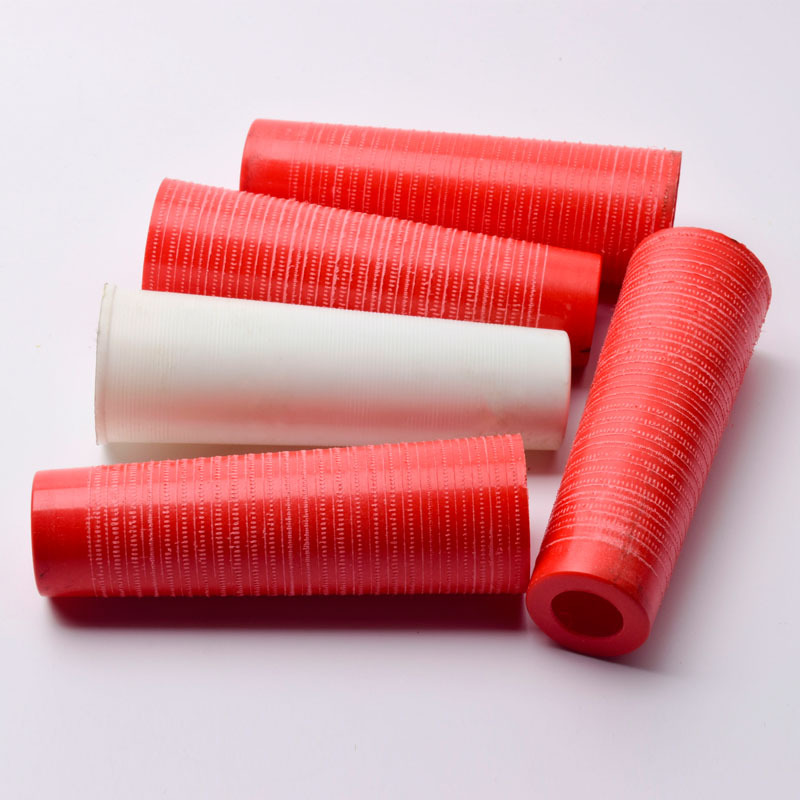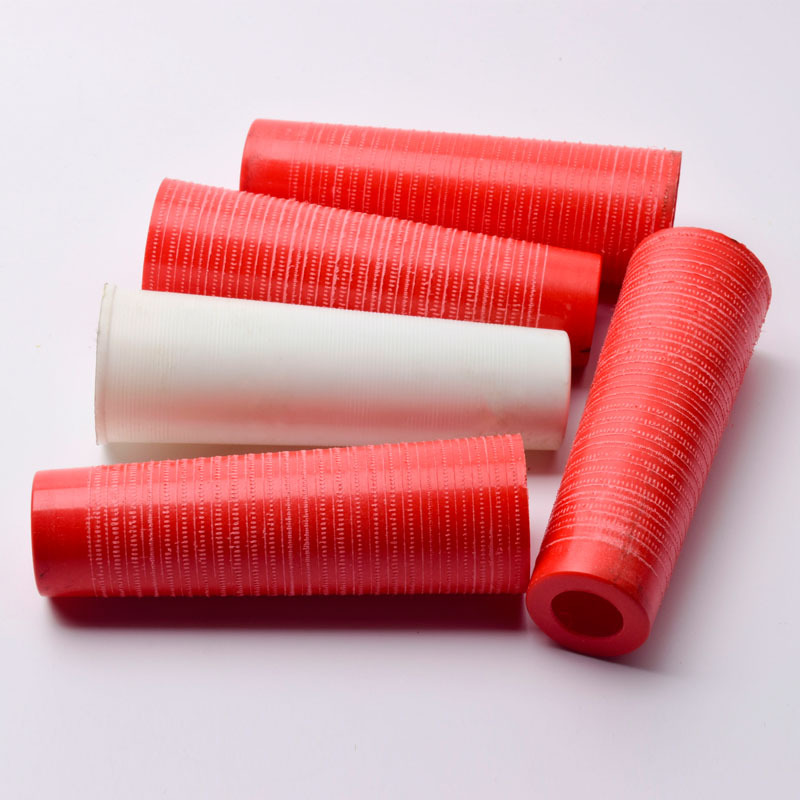
 English
English  Español
Español Português
Português русский
русский Français
Français 日本語
日本語 Deutsch
Deutsch tiếng Việt
tiếng Việt Italiano
Italiano Nederlands
Nederlands ภาษาไทย
ภาษาไทย Polski
Polski 한국어
한국어 Svenska
Svenska magyar
magyar Malay
Malay বাংলা ভাষার
বাংলা ভাষার Dansk
Dansk Suomi
Suomi हिन्दी
हिन्दी Pilipino
Pilipino Türkçe
Türkçe Gaeilge
Gaeilge العربية
العربية Indonesia
Indonesia Norsk
Norsk تمل
تمل český
český ελληνικά
ελληνικά український
український Javanese
Javanese فارسی
فارسی தமிழ்
தமிழ் తెలుగు
తెలుగు नेपाली
नेपाली Burmese
Burmese български
български ລາວ
ລາວ Latine
Latine Қазақша
Қазақша Euskal
Euskal Azərbaycan
Azərbaycan Slovenský jazyk
Slovenský jazyk Македонски
Македонски Lietuvos
Lietuvos Eesti Keel
Eesti Keel Română
Română Slovenski
Slovenski मराठी
मराठी Srpski језик
Srpski језик
Choosing the Right Winding Tube Bobbin for Your Application
2023-07-14
When it comes to winding processes, selecting the appropriate winding tube bobbin is crucial for achieving optimal results. The right choice of winding tube bobbin can greatly impact the efficiency, quality, and overall success of the winding operation. In this article, we will discuss important considerations and factors to help you choose the right winding tube bobbin for your specific application.

- Material Selection: The choice of material for the winding tube bobbin depends on various factors, including the type of material being wound and the desired level of durability. Common materials used for winding tube bobbins include plastic, cardboard, and metal.
a. Plastic: Plastic winding tube bobbins offer versatility, lightweight design, and resistance to moisture and chemicals. They are suitable for a wide range of applications and can be customized to meet specific requirements.
b. Cardboard: Cardboard winding tube bobbins are cost-effective and eco-friendly options. They are commonly used for lightweight materials and short-term winding applications.
c. Metal: Metal winding tube bobbins provide excellent durability and stability, making them ideal for heavy-duty applications that involve high tension and pressure.

- Size and Configuration: Selecting the appropriate size and configuration of the winding tube bobbin is crucial to ensure a proper fit and efficient winding process. Consider the following factors:
a. Inner Diameter: The inner diameter of the winding tube bobbin should match the size of the core or spindle used in the winding machine. It should provide a snug fit to prevent slippage or misalignment during winding.
b. Length: The length of the winding tube bobbin should accommodate the desired length of the wound material, allowing for proper tension and alignment.
c. End Caps and Flanges: Depending on the application, consider whether you require winding tube bobbins with end caps or flanges. End caps provide additional support and protection, while flanges assist in maintaining the shape and stability of the wound material.

- Application-Specific Considerations: Each application may have unique requirements that should be taken into account when choosing a winding tube bobbin. Consider the following factors:
a. Tension and Pressure: Evaluate the tension and pressure exerted during the winding process and choose a winding tube bobbin that can withstand the specific requirements of your application.
b. Material Compatibility: Ensure that the chosen winding tube bobbin is compatible with the material being wound. Consider factors such as material thickness, flexibility, and surface sensitivity.
c. Environmental Factors: If your application involves extreme temperatures, moisture, or chemicals, select a winding tube bobbin that can withstand these conditions without compromising its performance.

Conclusion: Choosing the right winding tube bobbin is essential for achieving efficient and high-quality winding processes. Consider factors such as material selection, size and configuration, and application-specific requirements when making your choice. By selecting the appropriate winding tube bobbin for your application, you can optimize your winding operations, enhance product quality, and ensure a smooth and successful winding process.






